BRATTONSVILLESOUTH CAROLINA |
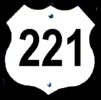 |
BRATTONSVILLESOUTH CAROLINA |
 |
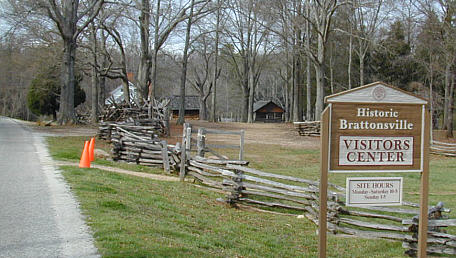
The battle of Williamson’s Plantation, also called Huck’s Defeat, took place within this small community. Captain Christian Huck, a Philadelphia Loyalist, came south as a part of Tarleton’s legion. He commanded a cavalry unit of about 100 Loyalists1 and was given marching orders to “push the rebels as far as you deem convenient.”
On his list of “rebels” to “push,” was Colonel William Bratton. Huck and his cavalry arrived at Bratton’s home on July 11, 1780. After attempting to gain the captain’s whereabouts from his wife Martha, Huck set-up camp just west of Bratton’s home at Williamson’s Plantation.
Martha sent word to her husband’s camp and at dawn on July 12th, Colonels William Bratton, Andrew Neel, William Hill and Edward Lacey and a force of about 100 men surrounded Huck’s camp and ambushed the waking Loyalists early in the morning at reveille. Huck attempted to rally his men but was killed almost immediately with a wound to the head. After the smoke cleared, only about two dozen of the Loyalists managed to escape the ambush. On the American side, there was only one Patriot death.
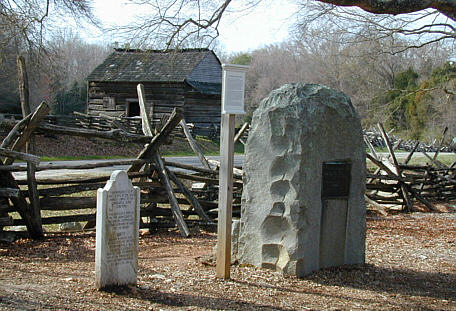
|
|
The Battle of Huck’s Defeat The inscription on the back is an honorable tribute to Martha Bratton’s bravery prior to the battle. Watt’s tombstone, a reproduction, is in tribute to his significant patriotic activities during the American Revolution. In May of 1780, Charleston, South Carolina fell to the British who quickly overran much of the state. The only part of South Carolina to mount any sizable resistance to the British and Tory campaign was the area of present-day York and Chester Counties. Under the leadership of General Thomas Sumter, William Bratton and other men of this area formed militia companies. Colonel William Bratton became active in raids of British outposts and Tory meetings. Outraged at this interference with the submission of the state, the British sent a combined Provincial and Tory force to arrest Colonel Bratton. Captain Christian Huck and about 130 men arrived at the Bratton home on the evening of July 11, 1780. Martha Bratton was questioned about the whereabouts of William Bratton. When Colonel Bratton received word from Watt, a Bratton slave, of Captain Huck’s presence near his home, he hastened back with other militia regiments led by Colonels Hill, Lacey and McClure. Arriving early on the morning of July 12th, the patriot force of about 500 men found the Tories encamped at the Williamson farm nearby. During the night, the patriot forces surrounded the British encampment. The patriots opened fire at dawn, just as the British were rising from their bedrolls. Completely surprised and outnumbered, the British and Tory forces were unable to mount an effective counterattack. Captain Huck was killed during the battle. Historians credit the victory at the battle of Huck’s Defeat as the first link in the chain of events in the South that ultimately led to victory at Yorktown, Virginia. The Battle of Huck’s Defeat, along with several other small battles in the area were important morale boosters for the patriots culminating in other American victories, such as the Battle of Kings Mountain. (Brattonsville Marker) |
Tarleton was not happy with the loss of a part of his legion. After the Loyalist defeat at Kings Mountain, Tarleton was anxious to lead an assault against the Backcountry Patriots and restore the region to British control. Cornwallis was more than willing to give him his marching orders. However, Tarleton greatly underestimated Patriot resolve. He suffered his first major defeat in the Backcountry at Blackstock’s Plantation (the next site on this road trip) followed by his last major defeat at Cowpens.
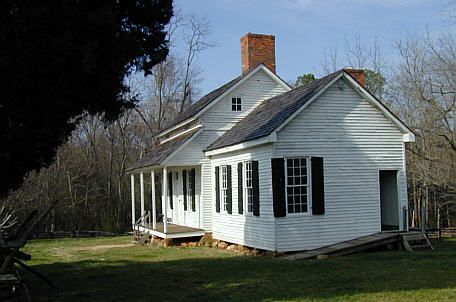
|
|
Bratton Home This structure, built by William Bratton about 1770, is one of the oldest in York County. The original log house was a two-story home. The home was built on the Lincoln Road, sometimes listed as the Armstrong Ford Road. The wide ditch running in front of the house is the remnant of that road which was a major highway during the 18th century. Bratton was a leading military figure in the southern campaigns of the American Revolution, becoming a colonel during the war and commanding men from the immediate area, known as Bratton’s Regiment. After the war and into the 1790s, William and his wife Martha operated an “ordinary,” or tavern, in their home. Here travelers obtained refreshments, meals and lodging while hearing and discussing the latest news. William died in 1815, followed by Martha in 1816. Their son, Dr. John Simpson Bratton, remodeled the house in 1839 for use as a home, and a new wing was added for use as a school by George and Catherine Ladd. This school was called Brattonsville Female Seminary. (Brattonsville Marker) |
Today, the Battle of Williamson’s Plantation is preserved within Historic Brattonsville, a living history museum interpreting life in the Carolina Backcountry from the mid-1700’s to the mid-1800’s. Historic Brattonsville is listed on the National Register of Historic Places. In 2002, Brattonsville was selected as a key site for the filming of the Revolutionary War adventure film, "The Patriot" starring Mel Gibson.
Historic Brattonsville is open from Tuesday-Saturday, 10 AM-4 PM and Sunday from 1-5PM. It is closed: Easter, Memorial Day, July 4th, Labor Day, Thanksgiving, Christmas and New Years Day. There is an admission charge.
Lacey's Fort --
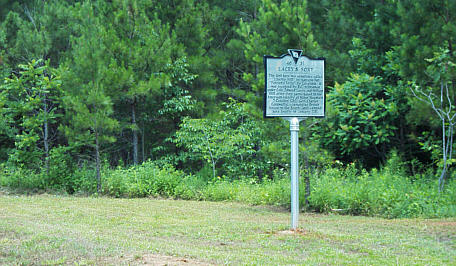
|
|
Lacey’s Fort Col. Edward Lacey (1742-1813), prominent officer in the American Revolution in the S. C. backcountry, occupied this hill west of Turkey Creek in the late summer of 1780. Lacey, who commanded S. C. militiamen in the battle of Rocky Mount, Cary’s Fort, Hanging Rock and Fishing Creek in July and August, built a 15-ft. log stockade near this site. The fort here was sometimes called “Liberty Hill” by Patriots but “Patriot’s Folly” by Loyalists. It was occupied by S. C. militiamen under Cols. Edward Lacey and William Hill after they participated in the American victory at Kings Mountain, 7 October 1780. Gen. Charles Cornwallis, commanding British forces in the South, later camped here briefly in January 1781. (Route 49 Marker) |
Old Union Church Cemetery --
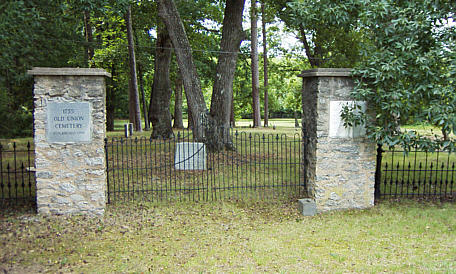
|
|
Old Union Church Cemetery, 1755 This is the site of the Old Union Church Cemetery. It is here that many Revolutionary soldiers are buried. Erected 1982 as part of BSA Eagle Project. (Paula Circle Marker) |
